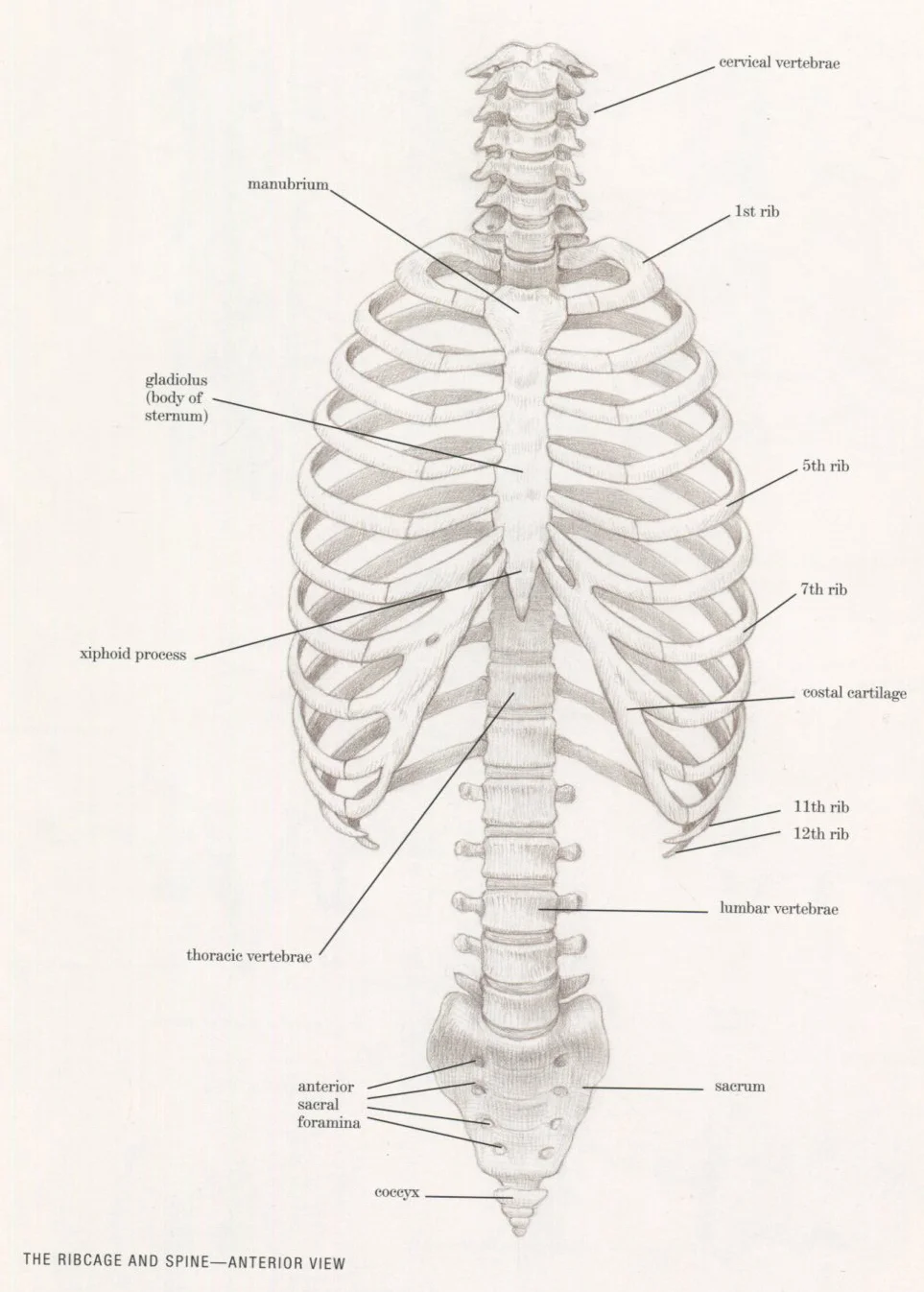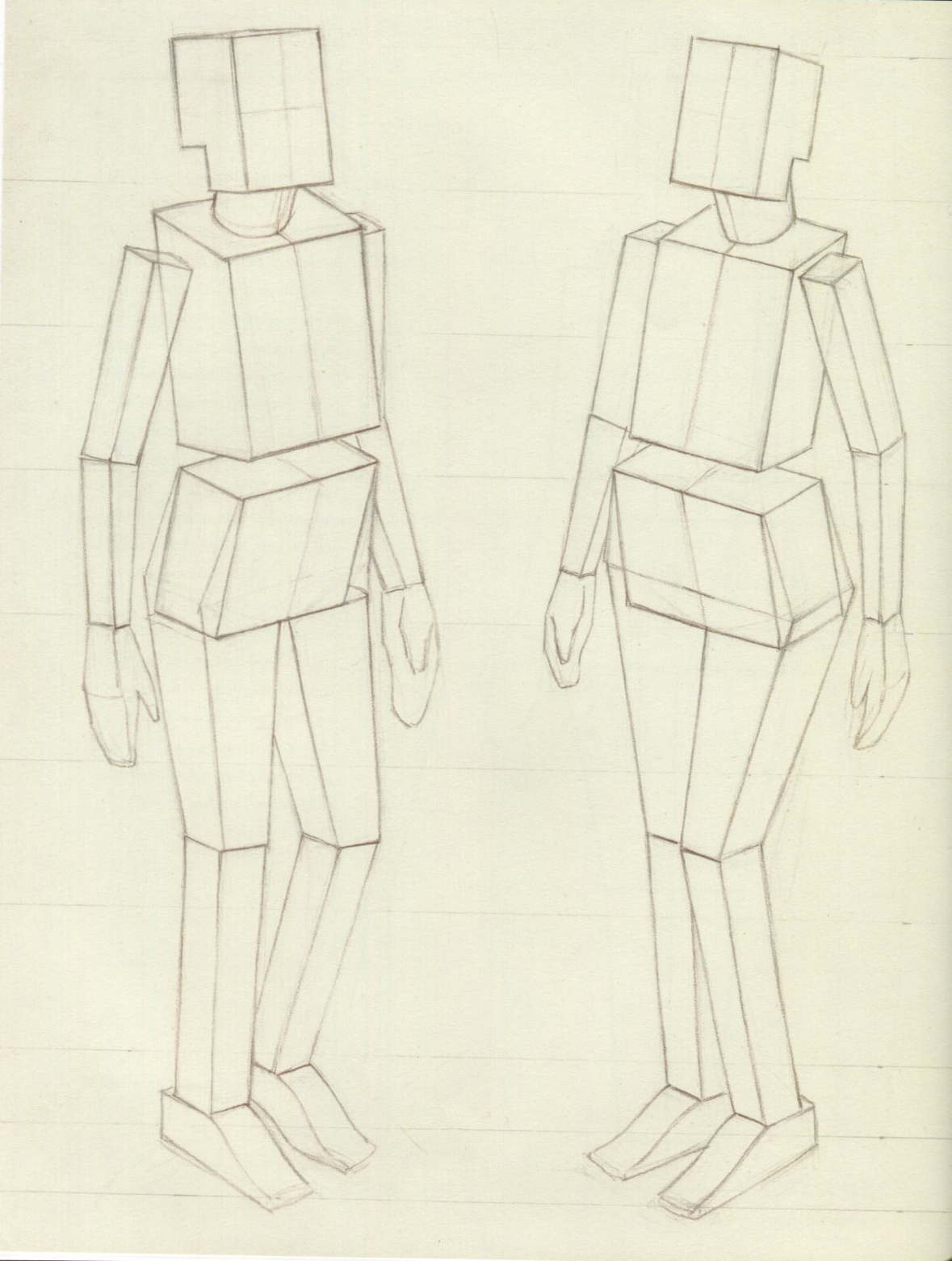Scans from the book Classic Human Anatomy
Read MoreBones of the Hand pt.3

anatomy
Scans from the book Classic Human Anatomy
Read MoreScans from the book Classic Human Anatomy
Read MoreScans from the book Classic Human Anatomy by Valerie L. Winslow
Read MoreScans from the book Death a Graveside Companion
Read MoreScans from the book Classical Human Anatomy by Valerie L. Winslow
Read MoreTodays blog post is part 1 of 2 for the Torso. All scans from the book Classical Human Anatomy by Valerie L Winslow. Used these scans to educate your self and practice drawing, study this masterful work
Read MoreScans from the book Classical Human Anatomy by Valerie L. Winslow
Read MoreScans from the book Classical Human Anatomy by Valerie L. WInslow. This post cover the muscle of the head face and neck
Read MoreScans from the book Classical Human Anatomy by Valerie L. Winslow
Read MoreScans from the book Classic Human Anatomy by Valerie L. Winslow
Read Moretoday’s update is more beautiful pages from the book animal exploring the zoological world




today’s post are a few beautiful illustrations of the skeleton and muscle system on male n female





todays update are few beautiful images from the book Anatomy for the Artist by Sarah Simblet. This book is one of the first books i got as a young artist trying to learn and improve. As a older but relatively still young artist I find my self going back and reading things over, art tip… copying the drawings and photographs is a good way to sharpen ones skills. enjoy!

W.pink and W.hunter, Smugglerius (plaster cast after sculptures by Agostino Carlini c. 1775/8)

Antonio Cattani, Muscles and Tendons of the Dorsum of the foot, 1780

Bernard Siegfried Albinus, a skeleton 1747

Leonardo da Vinci anatomical studies 1510
The Skeleton is very complex but at the same time its only 206 bones. Like anything else when you don't have a strong understanding you will most likely struggle with it. It is strongly recommended that the time is put in for any serious artists to learn the bones, not all 206 bones are necessary but the more you know the better it will serve you when it comes to drawing them.
A good way to start is with the simpler more popular bones, like the ribcage and hips, arms and legs. The body has certain landmarks that can help you start a drawing, these landmarks very but for the most part, they are noticeable on all people. Below are a number of images from Roberto Osti Basic Human Anatomy book. This book has rich images and in chapter 3 he focuses on labeling the bones to a great degree. I Highly recommend this book.




















All Images taken from Basic Human Anatomy by Roberto Osti
In the 2nd chapter of Roberto Osti book Basic Human Anatomy an essential visual guide for artists, a Hybrid conceptualization is explored in great detail. What is meant by Hybrid conceptualization is a combination of the Stereometric approach (which involves geometric solids such as cubes, spheres, cylinders, tetrahedrons etc.)
Conceptualization the skeleton according to its basic structures gives us an idea of how it is built, how its parts are joined together, how it moves and how the weight is carried and distributed.

Hybrid conceptualization offers advantages, its easier and faster to draw and they create a more realistic figure. When studying these proporttions remember that they are generalization, actual proportions will vary somewhat from person to person.

Once you understand the method of analyzing the body you can come up with your own approach.

A few things about the rib cage, the 7th and 8th ribs are the widest point of the ribcage. The 11th and 12th ribs are barely visible from the front, they are referred to as "floating ribs" in this book.

The female hips will be typically wider especially at the pelvic brim which tends to have a more oval shape. Whereas the male tends to be narrower and have a more heart shape.


ALL text and Images are taken directly from Roberto Osti Basic Human Anatomy
Basic Human Anatomy and essential visual guide for artists by Roberto Osti is as good an anatomy book as you can find in the market. With simple explanations and rich visuals it's a great book for any young artist trying to learn more and sharpen their fundamentals.

The Fundamentals of drawing are very simple, Anatomy and Perspective are certainly in top 5 most valuable skills for improving. Learn some Anatomy and draw better right, sounds simple but the reality is Anatomy alone takes years if not a lifetime to master, that's why it is important to start educating your self as soon as possible and as much as possible, going to your local library and checking out some of their art books is in some ways better then clicking through the endless internet
The Stereometric Method
The Stereometric Method was devised during the Sixteenth century in a period know as the Renaissance, Italian Mannerist painter Luca Cambiaso created many sketches and compositional studies with many levels of schematization. Painter Piero della Francesca, Paolo Uccello, Albrecht Durer, and Leonardo de Vinci all used this method before starting and big work.

"The artist with a good knowledge of Anatomy will be able to create more beautiful and accurate artwork because he or she will have the means to better understand the forms of the body" -Roberto Osti

Stereometric rendering can be used for compositional purposes as well as for studying light and shadow. Because the moving figure is such a challenging subject to draw or paint, it can be of great help to subdivide the figure into various components and then reassemble them. The Stereometric approach employs boxlike shapes, it can be slow and impractical so as you progress more organic forms closer to the human body can be used.
"Once you understand how the segments of the body relate to proportionally and how they are connected you can start to create a variety of poses" -Roberto Osti

ALL text and images are taken from Roberto Osti Basic Human Anatomy